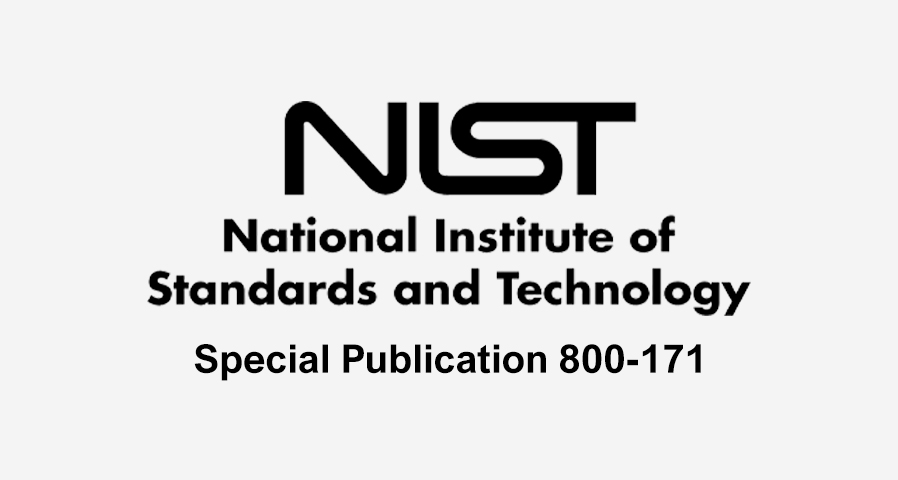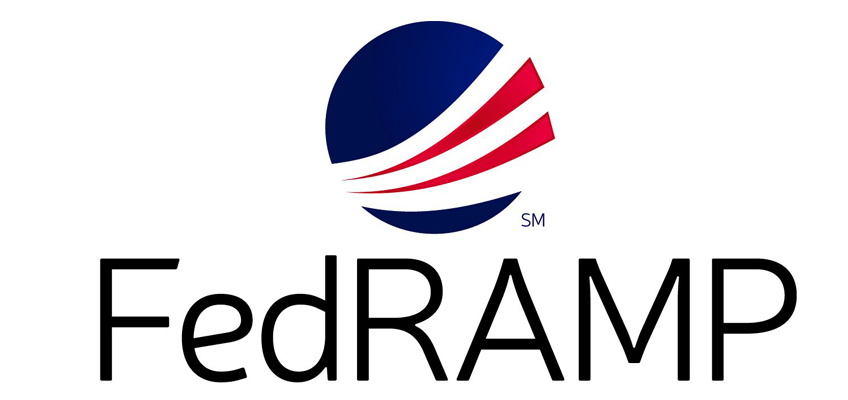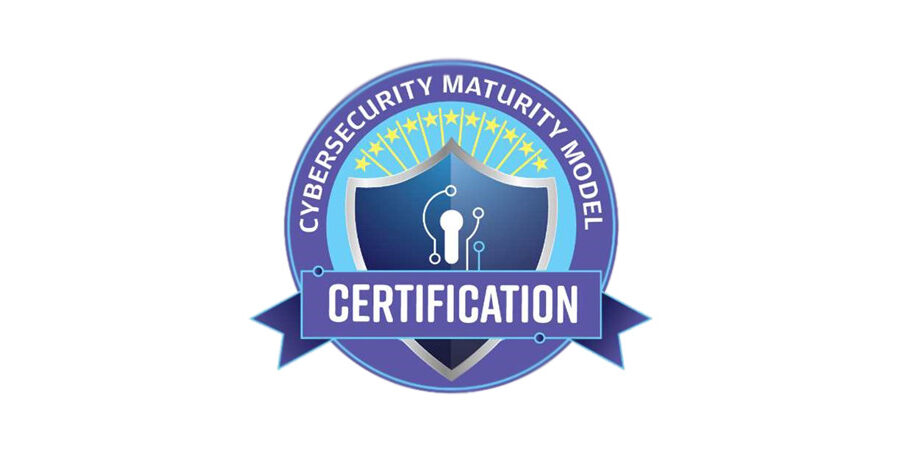AC Controls
The Access Controls (AC) in NIST SP 800-53 specifies the security controls and associated assessment procedures that organizations must implement to protect their information systems and the data they process, store, and transmit. The specific requirements for the AC controls in NIST SP 800-53 include:
- Identification and Authentication (IA) controls to verify the identity of users, devices, and systems accessing the information system.
- Authorization controls to determine if a user, device, or system is authorized to access a specific resource.
- Access control policy and procedures that define the rules and procedures for granting access to information systems and the data they contain.
- Account Management controls to create, modify, and delete user and device accounts and manage associated privileges.
- Session Lock and Time-Out controls to limit the duration of an active session and lock the user’s session after a period of inactivity.
- Remote Access controls to secure remote connections to the information system and the data it contains.
- Wireless Access controls to secure wireless connections to the information system and the data it contains.
- Physical Access controls to restrict physical access to information systems and the data they contain.
- Network Access controls to secure access to the information system over the network.
- Monitoring controls to track and record events and activities related to access to the information system and the data it contains.
These requirements provide a comprehensive framework for securing information systems and the data they process, store, and transmit.
How to meet NIST 800-53 AC Security Control family
To meet the Access Controls (AC) requirements specified in NIST SP 800-53, organizations should consider the following recommendations:
- Implement multi-factor authentication (MFA) to ensure that users are who they claim to be.
- Define clear roles and responsibilities for system and data access and ensure that authorization is granted based on the principle of least privilege.
- Develop, document, and implement access control policies and procedures that are consistent with applicable laws, regulations, and standards.
- Use automated tools to manage user accounts and privileges and ensure that account management processes are secure and auditable.
- Implement session lock and time-out features to limit the duration of an active session and lock the user’s session after a period of inactivity.
- Use encryption and secure authentication protocols to secure remote access to the information system and the data it contains.
- Use wireless access control techniques such as WPA2 encryption, 802.1X authentication, and network segmentation to secure wireless connections.
- Use physical access controls such as locks, badges, and surveillance cameras to restrict physical access to information systems and the data they contain.
- Use network access controls such as firewalls, intrusion detection systems, and virtual private networks (VPNs) to secure access to the information system over the network.
- Implement monitoring controls to track and record events and activities related to access to the information system and the data it contains and perform regular security audits to detect and remediate potential vulnerabilities.
By following these recommendations, organizations can effectively implement and maintain the Access Controls specified in NIST SP 800-53 and protect their information systems and the data they process, store, and transmit.
Share This Article
How can I help?
With over 2+ decades of experience in the field of IT and compliance, I have successfully overseen multiple FedRAMP certifications and a dozen ATOs within the realms of the DOJ and DOD.
“Chue is a brilliant technologist who is a SME for everything with InfoSec and Federal Government Compliance. He is incredibly diligent, hard-working and is able to easily discuss complicated technical matters with both experts and beginners. His can-do, humble attitude made it a distinct pleasure to work with and learn from him.”
Other endorsements…
“Working with Chue has been an honor. He’s incredibly knowledgeable and always travels out of his way to offer assistance and guidance. He made sure our systems were completely secure and gave us the peace of mind to focus on our responsibilities without worry of interruption.
Outside of a work capacity, Chue has been a positive and motivating force and he has a keen ability to instill trust.”
Experts who understands the Federal landscape
Imagine a world where organizations enthusiastically embrace cutting-edge AI technology, harnessing its power to gain profound insights into high-risk scenarios and propelling themselves toward their core business objectives with confidence!
Here at FabricLake, we take the charge in revolutionizing federal compliance solutions! We’ve masterfully entwined the power of artificial intelligence into the very essence of our compliance processes. This astute integration doesn’t just optimize workflows; it paves the way for seamless task management and issue resolution, all while upholding the highest industry standards. In the heart of our Federal Compliance division, AI has seamlessly woven itself into the fabric of our operations, giving birth to RiskGuardian360 – a specialized application that unleashes the full potential of AI to steer us towards our compliance objectives with unwavering determination. Join us in embracing this cutting-edge technology and watch your compliance needs transform into opportunities for excellence!







